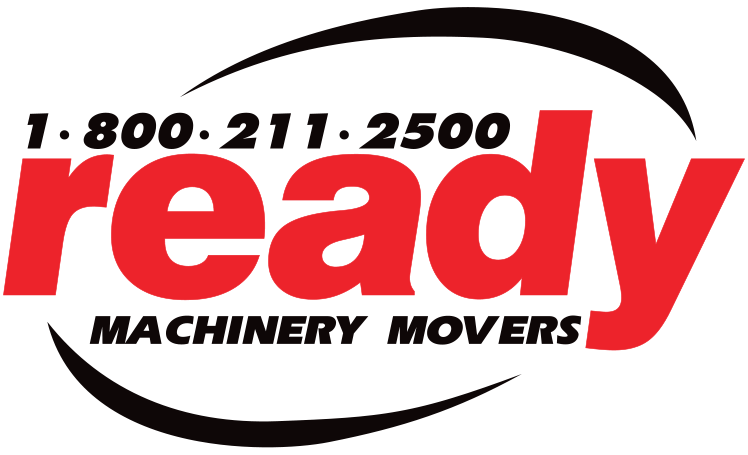Whether you are relocating or building a new warehouse from the ground up, choosing the right location is a critical step that will result that can make or break your business. Warehouses play a vital role in the supply chain network at local and international market levels.
Several key factors should be considered when it comes to selecting the location of your new warehouse. Do some research, take important notes, and compare them against all the available options. The site selection process for warehouses can be overwhelming, but compiling and analyzing all the data will help you make a more informed decision.
Let us explore the following warehouse location strategy that will help you pick the best possible site for your facility:
- Physical Location
 Relocation is essential for business
Relocation is essential for business
. The physical location of the warehouse is one of the most important things to look into when deciding which warehouse to use. The location should help you increase the efficiency of your warehouse’s supply chain without causing shipment delay or increase production cost.
- Accessibility
Physical location and accessibility should go together when selecting the warehouse location. Your facility should be within easy distance of roads and highways, especially if your main transportation mode is trucking. Accessibility can have a huge impact on the competitiveness of your business. Make sure to assess how easy it is for both deliveries and clients to get to your warehouse. Furthermore, various factors can affect the cost of transportation of the materials. Take of the following essential aspects in concern with the transportation of products or materials to and from the warehouse:
- Accessibility to highways and exit ramps
- Access to public transportation
- Highway interconnectivity
- Average traffic volume and speed
- Traffic peak hours
- Road safety and conditions
- Proper road signs and signals
Heavy traffic roads and highways can cause high fuel consumption and accident rates. Additionally, it could also cause delays during product deliveries. This often results in shipping cost increases and affects the synergy with your customers. It is also crucial to consider the proximity of the location to your workers and the job market.
- Local Demographics and Competition
Since you will need new staff to operate your facility, it is essential to ensure that you are in close proximity to skilled labourers in the local job market. Hiring experienced and competent warehouse workers can reduce the cost of training and ensure high productivity levels. When the location has a high demand for skilled labourers, you could be spending more on operating costs and higher salaries.
Another thing to take into consideration is your target market and finding a location that matches the demographic. For instance, find out if there is a presence of similar businesses in the area. This is an indication of a suitable market. However, make sure that the market is not overly saturated with competitors.
- Layout and Flow of the Facility

The layout of the warehouse should fit the type of operation conducted within the facility. If you hold volumes of stocks, analyze the features it has to offer. Consider the total amount of materials and products passing through the facility weekly, monthly, or annually.
To pave the way for optimal productivity levels, also take into account the flow. If you are storing goods, the layout should allow you to easily maneuver around the facility. Bad layout design can be a liability to your business.
- Size and Capacity
The site and facility should meet your business’ specific requirements, including the capacity and infrastructure. This is especially true if you’re planning to expand your business in the near future. Make sure that the warehouse has the right size to store all your goods properly and safely. If you choose a warehouse that is too big for your business, you will end up paying too much to rent empty, wasted spaces. Find a facility that has the right balance between too big and too little.
- Environmental Conditions
The local weather conditions are also a vital factor when choosing a warehouse site. You may have found a facility that offers low rental, only to find that the location is prone to natural disasters. Opt for a location where you can safely operate your business.
Additionally, don’t neglect to determine how your warehouse will affect the neighbourhood. If your facility generates too much noise, it may not be a good addition to the community. If you are dealing with harmful materials, restrict your relocation options to a more isolated area far from residences and bodies of water.
- Supply Chain Logistics
When choosing the best warehouse location, consider the location of your supply chain partners. Strategic site selection helps boost efficiencies and reduce costs and delivery times. This helps attract more potential partners to your business. If you are importing goods from international suppliers or shipping goods overseas, the warehouse site should be accessible to nearby ports.
- Storage Requirements
If you are handling hazardous, flammable materials or food products, make sure the warehouse meets the strict storage and firefighting requirements. Your chosen location should be able to handle your unique needs. Also, ascertain environmental concerns. Are there ponds, streams, and other water resources in close proximity? Answering these questions helps prevent disaster in the future.
- Expenses
Don’t forget to look into the lease or rental rate of the facility. The price is also a critical determining factor. Consider the rental price, the lease conditions, and the rental terms — if the property is for rent indefinitely or on a fixed-term contract. Also, taxes, tax incentives, and the availability and cost of utilities can vary from one location to another. Take note of these to identify the most cost-effective option.
The importance of warehouse location makes the selection of a new plant site a herculean task. Juggling all the variables may be overwhelming, but, with careful consideration, it will help you identify the bare necessities of your plant and take it from there.
When you have finally found the perfect location and are ready to move or build your facility, you may need a reliable heavy machinery mover. At Ready Machinery Movers, we understand that your machines are important pieces of investment in your business. We are one of the most trusted machinery movers in Toronto. We will handle, transport, and/or install your equipment so you can have your plant up and running in no time.
